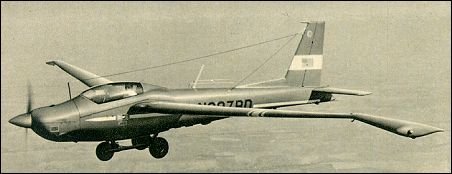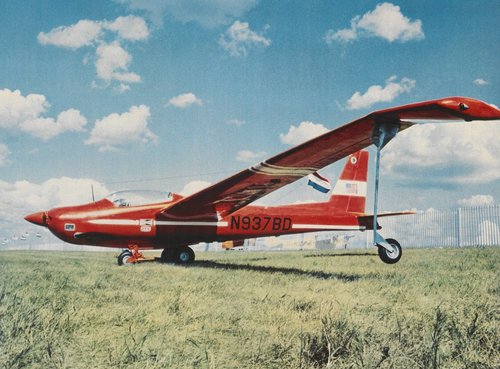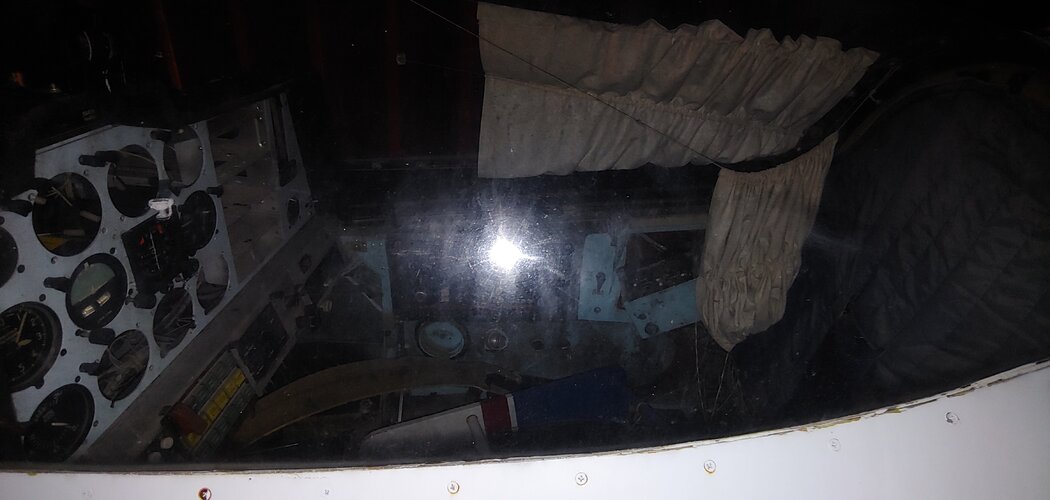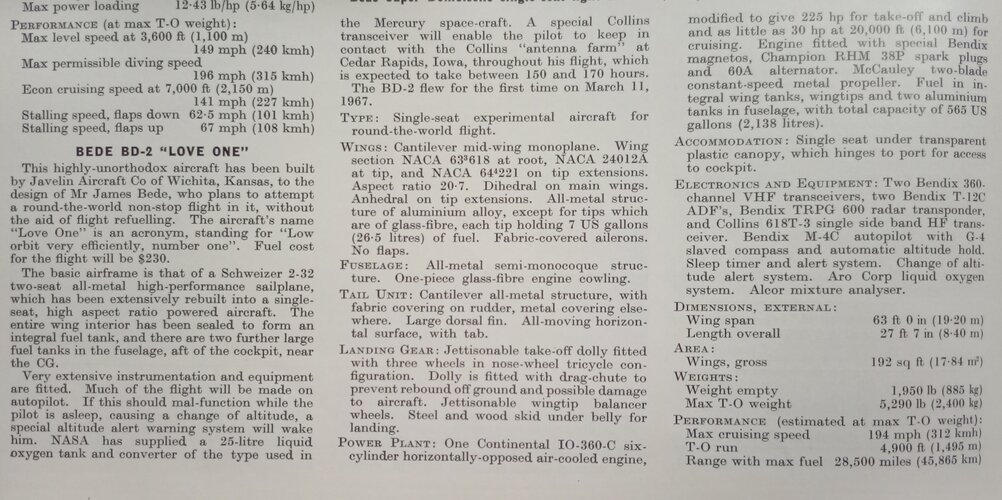Interesting photo. I have read of 2-32s being modded for many high-efficency projects. I will dig through my files when I can. I just registered. It looks like a good site.
During the Viet Nam War at least two Schweitzer 232s were modified for quiet recce of the Ho Chi Min Trail. The first retained most of the original airframe but added a mid-mounted engine driving a large-diameter, slow-turning propeller above the nose. Shaft was routed above the tandem canopy to connect the mid-mounted engine with the tractor propeller mounted above the nose. It retained the traditional glider landing gear with large wheels on the center-line and small out-rigger wheels near the wing-tips.
There were a least 3 high-efficiency variants all based upon the wider TG-7A motor-glider. Civilian designation Schweitzer 2-37. The TG-7A sat a pair of pilots side-by-side above the wing with a tractor engine and conventional (tail-wheel) landing gear. Main-wheels were mounted on the ends of Wittman-style, flat spring gear legs. A dozen TG-7As served student pilots at the USAF Academy for 1982 to 2003.
During the Viet Nam War a pair of Schweitzers were modified for quiet recce over the Ho Chi Min Trail. One was an almost stock TG-7A airframe with a large-diameter, 6-bladed propeller turning at 1,000 to 1200 rpm (IOW half the speed of a conventional Lycoming prop shaft.
During the 1990s the USCG operated two more Schweitzer variants to intercept drug-smugglers along the USA’s Southern borders.
The single-engine RG-8 was based upon the TG-7 airframe with a Lycoming IO-540 piston engine turning a single tractor propeller mounted in conventional tractor configuration. A pilot and sensor-operator sat side-by-side under a large, bulged canopy (aka. Malcolm Hood).
I repacked “a bunch” of bespoke RG-8 pilot-emergency-parachutes while working for Butler Parachute Systems.
The Schweitzer RU-38A was a radical re-redesign powered by a pair of Teledyne GIO-550A piston engines. The “G” part of the designation means that the propeller is “geared” to turn slower than the crankshaft. A Continental engine replaced the Lycoming (RG-8) tractor in the nose. The rear, pusher propeller required a radical redesign with a much-shortened center fuselage and twin booms supporting the tail surfaces.
RU-38 typically transition to-and-from surveillance areas with both engines running, but shut one down to extend loiter time over the target area.
The later RU-38B variant is re-engined with Allison 250 turboprops that can be throttled back to turn props at only 1,000 rpm.




